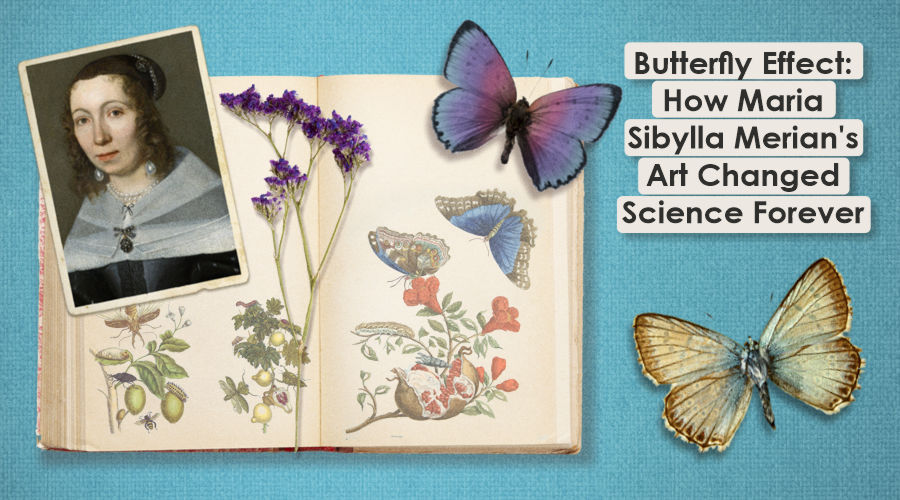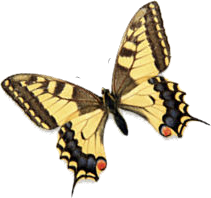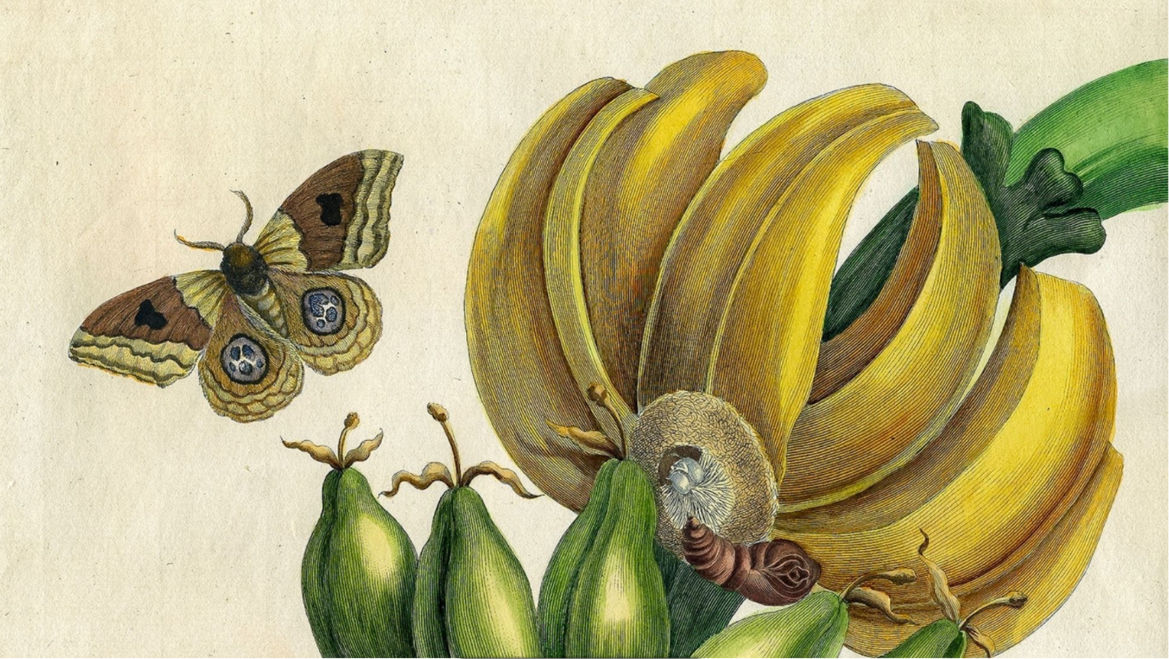
Art in the Shadows: Celebrating Forgotten Scientific Illustrators - Maria Sibylla Merian
Rediscovering a Pioneering Scientific Illustrator
In the realm of scientific illustration, few names have journeyed from obscurity to prominence as significantly as Maria Sibylla Merian. Born in 1647 in Frankfurt, Germany, Merian's story is not just a tale of artistic mastery, but also of a relentless pursuit of scientific truth and a deep passion for the natural world.
Early Life: A Naturalist in the Making
Merian's journey began in a household steeped in art and creativity. Her stepfather, a still-life painter, introduced her to the world of art. However, it was her own insatiable curiosity about the natural world that drove her. From a young age, she was captivated by the metamorphosis of butterflies, a phenomenon largely misunderstood at the time.

A Woman Ahead of Her Time
In an era when scientific inquiry was dominated by men, Merian broke barriers. She meticulously studied and documented the life cycles of butterflies, observing their metamorphosis from caterpillar to pupa to butterfly. Her work was pioneering not just for its artistic brilliance but for its scientific accuracy.
The Magnum Opus: "Metamorphosis Insectorum Surinamensium"
Merian's most significant work came later in her life. At the age of 52, she embarked on a daring expedition to Suriname in South America. There, she studied and documented the local flora and fauna, culminating in her groundbreaking work, "Metamorphosis Insectorum Surinamensium". This book contained detailed illustrations and descriptions of the life cycles of various insects, significantly contributing to the field of entomology.
The Legacy of a Visionary
For too long, Maria Sibylla Merian's contributions were overshadowed by her male contemporaries. It was only centuries later that her work received the recognition it deserved. Today, she is celebrated as a pioneer of entomology and a trailblazer for women in science. Her detailed observations and illustrations laid the groundwork for modern entomological studies.

Conclusion: A Beacon for Aspiring Scientific Illustrators
Merian's life and work stand as a testament to the power of observation, the beauty of art, and the importance of scientific inquiry. As we delve into the stories of forgotten scientific illustrators, Merian shines as a beacon, reminding us of the invaluable role illustrators play in bridging the worlds of art and science. Her legacy not only revalues the profession of scientific illustration but also inspires a new generation of artists and scientists to follow in her footsteps.